As I was planning out what to this semester, I decided that making videos would be a way for the students to work on several different elements of critical thinking and communication. It would also give us an opportunity (I hope) to engage with a different audience than the 2016 class did with their blog posts. It's an experiment, so I won't really know what the broader impacts are until the videos are done and we see what the reaction is.
I made an example video so the students could get a better idea of what I was thinking of in terms of length, graphics, etc. I chose to talk about the "red-haired cannibal giants" of Nevada, and I threw this video together in a few hours on Friday afternoon. Enjoy!

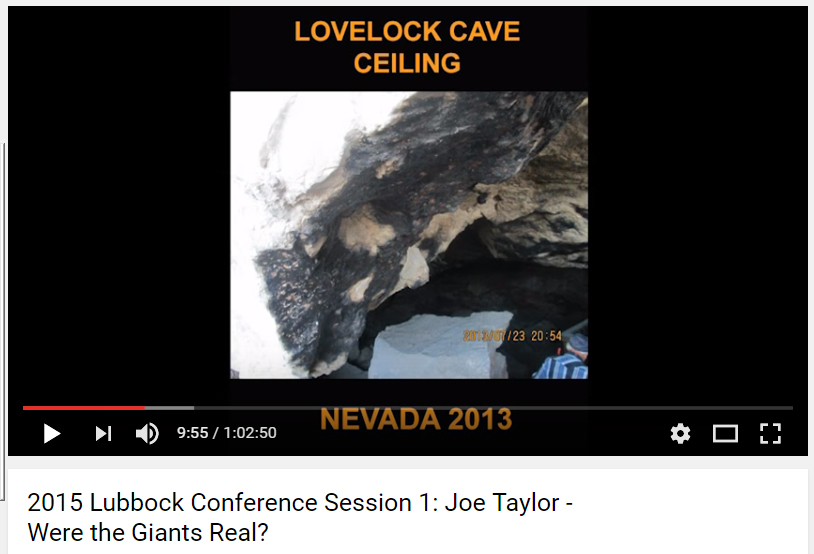
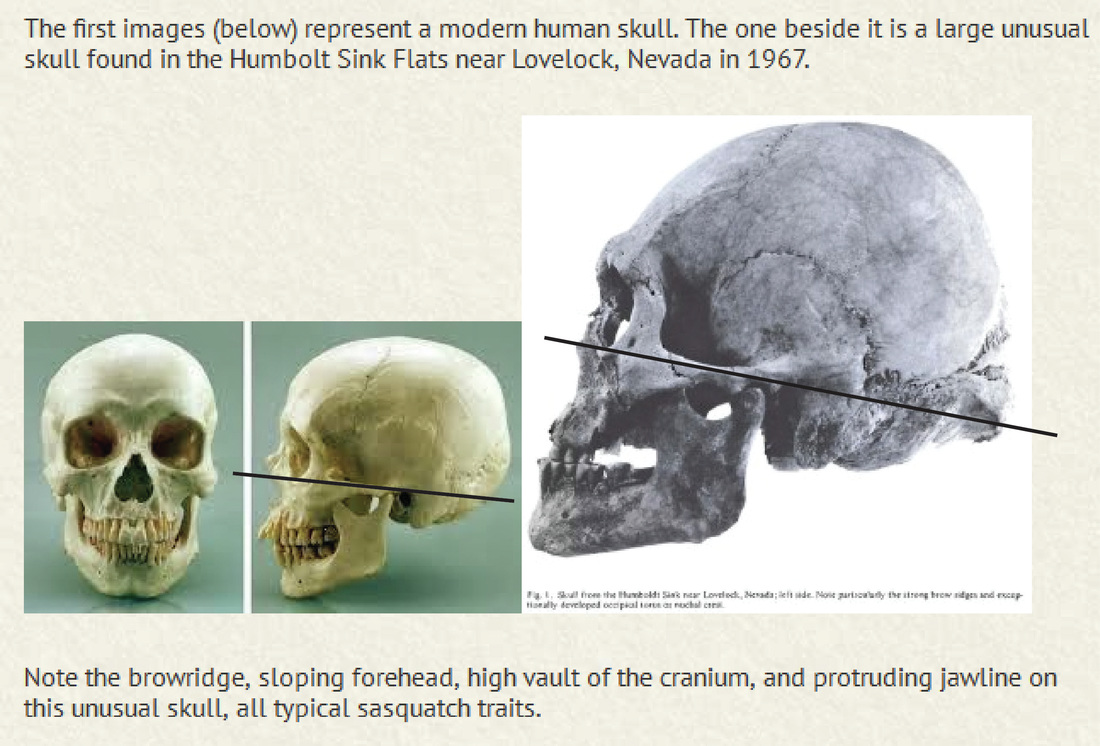
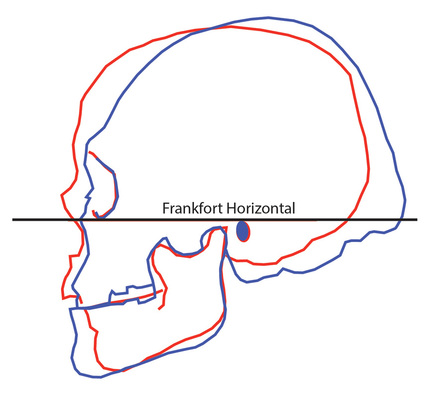
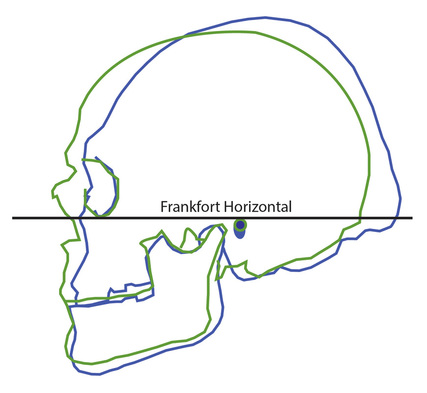
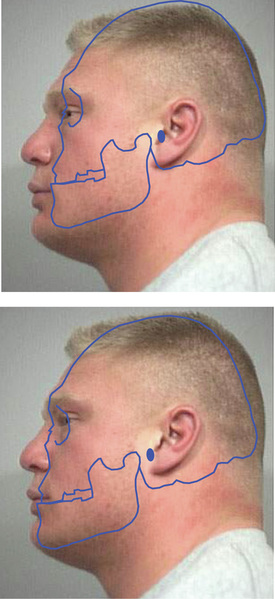
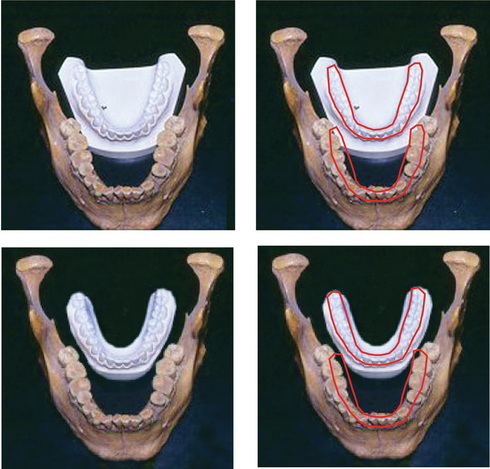
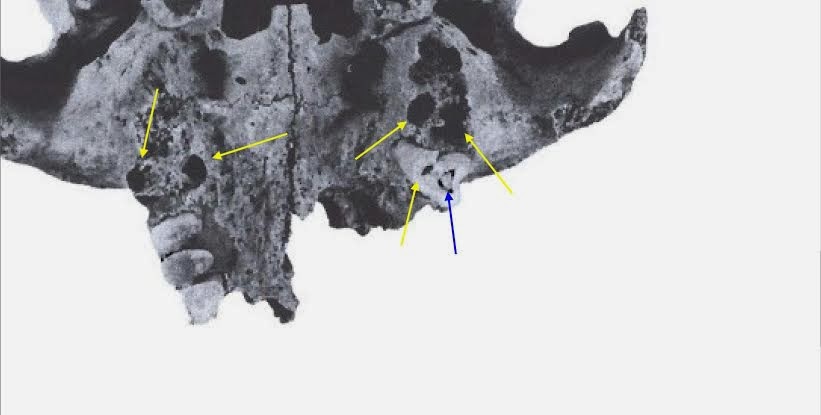
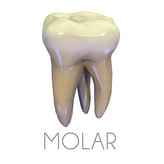
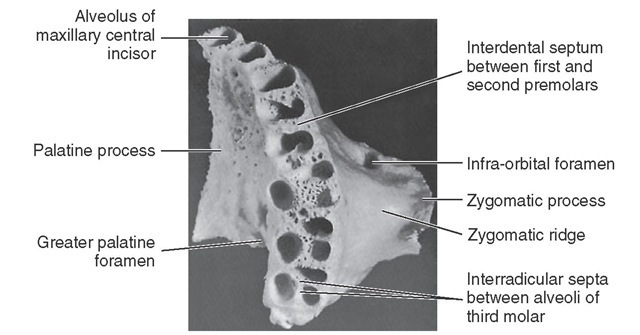


 RSS Feed
RSS Feed
